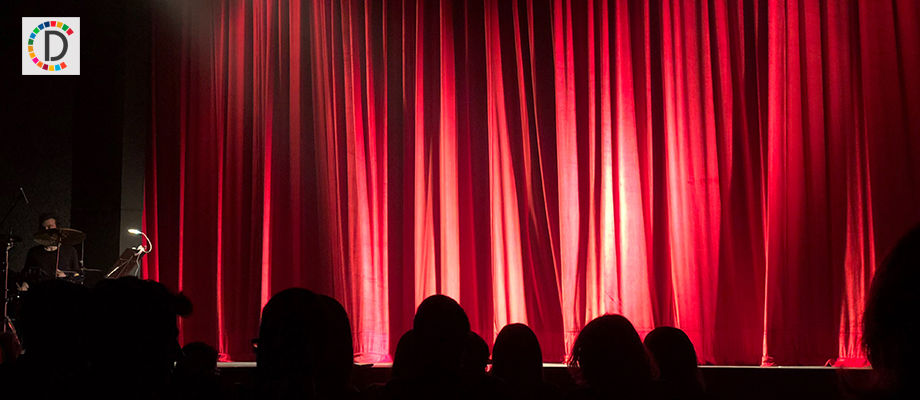The last dance: Dasakathia's fight for survival in Odisha
As the artistes are living in a very miserable condition, the youth arent very keen to practice this folk art form, Satapathy said.

With only a few artistes practising `Dasakathia', a folk art involving elements of storytelling with music and dance, and most youngsters uninterested in the rich tradition, practitioners are apprehensive that this unique art form may die a natural death, unless steps are taken to save it. Believed to have originated at Khandara village in Odisha's Ganjam district in the 15th century, Dasakathia comes from the Odia words 'das' (devotee) and 'kathia' (wooden sticks). The art form is popular in rural areas of the state.
It is performed by two artistes, one of whom is the lead singer (gayaka) and his assistant (palia). Both of them use indigenous wooden clappers called 'kathi' while singing or narrating the tale.
The performers used to sing songs in praise of Lord Shiva and Parvati, and narrate stories based on mythological legends, with touches of satire.
The 'palia' often played the role of an ignorant person to whom the 'gayaka' gives pious discourses. ''Several artistes are now adopting modern songs too during performances,'' Nokhila Utkal Dasakathia Kalakara Sangha (NUDKS) president Upendra Panigrahy said.
The attire of both the performers is exquisite in design and material and depicts their contrasting characters. Humorous interludes also add to the entertainment value of the folk art, practiced in rural areas of the coastal state. However, all hope is not lost for the preservation of the art form. Secretary, Odisha language, literature, and culture, Madhusudan Padhi said the department had been sponsoring Daskathia groups for performing on various occasions across the state.
"We're coming out with a new web application for registration of all cultural troupes so that we can assign them equal work in a transparent manner," Padhi told PTI Considering its potential for spreading messages, the government and other agencies use it to create awareness of social evils like child marriage, and female foeticide, motivating rural people to take polio vaccines or tablets for malaria instead of going to quacks.
Now, the Daskathia performers are seen performing in railway stations and bus stands. Padhi says the government is aware that many youths of the present day are not adopting it, but efforts are on to encourage them by giving pensions and remunerations.
Setting up a training centre for Dasakathia is one of the ways to churn out more artistes and popularise the performing art, an official of NUDKS said.
During a two-day annual conference of the NUDKS in Hinjili block of Ganjam district on Saturday, the participants sought a training centre for the young artistes of folk art.
''We have adopted a resolution in the conference and will submit it to the government soon,'' said Rabi Narayan Satapathy, the general secretary of the association.
Over 150 artistes across the state attended the conference and discussed the difficulties they are facing at present and the strategies to popularise Dasakathia.
The association demanded that the government should increase their monthly pension from Rs 1,200 to Rs 4,200 per month, which is at par with the Union government.
The remuneration for each performance should also be hiked to Rs 1,200 from Rs 800, Panigrahy said The NUDKS stressed the need to provide more government programmes to the Dasakatha artistes, especially for campaigning for various welfare initiatives and at different festivals.
''We are now getting very few programmes with a meagre remuneration. ''As the artistes are living in a very miserable condition, the youth aren't very keen to practice this folk art form,'' Satapathy said.
(This story has not been edited by Devdiscourse staff and is auto-generated from a syndicated feed.)










